In the world of orchestral and popular tunes, two instruments stand tall in laying the bedrock of harmony: the bass guitar and the double bass.
Their imposing stature and deep, resonating tones often lead to confusion, particularly for those new to the world of music.
But are these instruments truly distinct, or is there a deeper connection lurking beneath the surface?
This exploration dives into the fascinating world of these bass instruments, untangling the threads of history, construction, and sound to reveal the truth behind the “bass vs. double bass” debate.
Origin and History of Double Bass

The double bass, the deep-voiced giant of the string family, boasts a rich history with some debate about its exact origins. Here’s a breakdown of the two main theories:
- Violin Family Lineage: Most believe the double bass is a descendant of the violone, a large member of the bass violin family that emerged in 15th century Europe. This theory is supported by the double bass construction similarities to violins and cellos.
- Viola da Gamba Connection: Some argue the double bass traces its roots to the viola da gamba, a Renaissance instrument known for its distinctive flat back and fretted fingerboard. This viewpoint highlights the double bass’s early resemblance to the violone in size and tuning.
Early depictions of instruments resembling the double bass date back to the 1500s. By the 1600s, German instrument makers standardized the design, incorporating gut strings (for better sound and playability) and reducing the overall size.
Throughout its evolution, the double bass went by various names like violone and contrabass.
It wasn’t until the 18th century that the instrument became a fixture in orchestras, thanks in part to composers like Beethoven who emphasized the bass line.
The 20th century saw the rise of playing techniques and the adoption of the now-standard four-string bass setup.
Today, the modern double bass remains a crucial part of orchestras, jazz ensembles, and even rock and pop bands in its electric form.
Bass Vs Double Bass: Exploring the Key Differences
Design and Construction
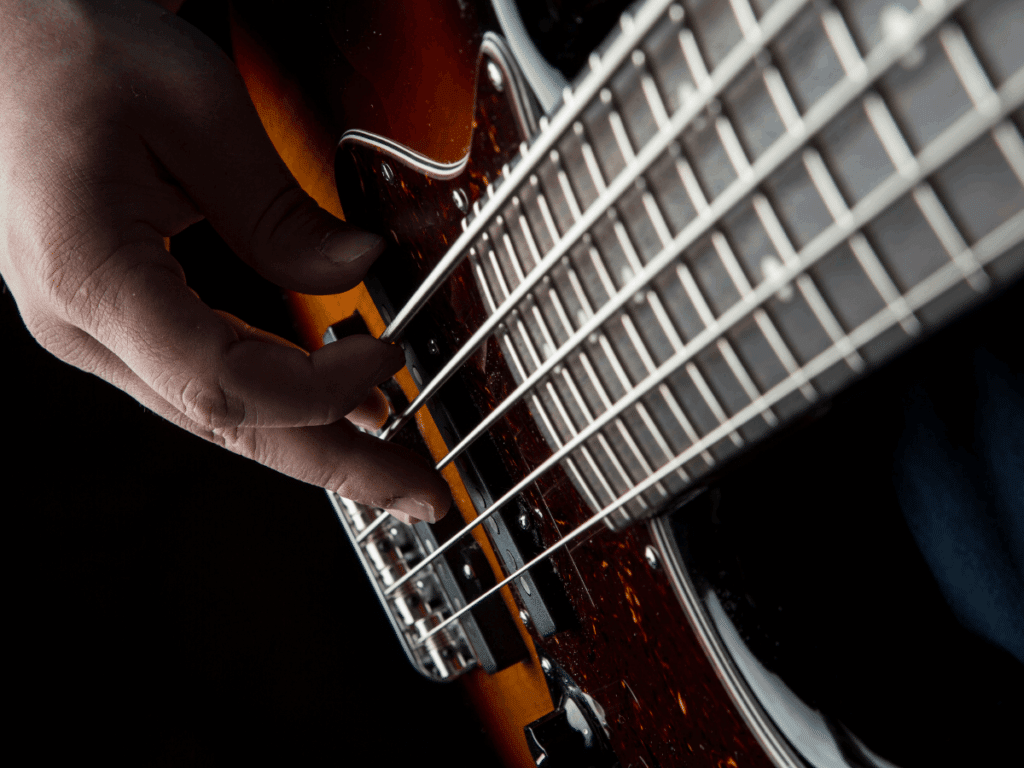
The double bass, a mainstay in orchestras and jazz bands, is a large instrument with a deep, rich sound. It looks similar to a cello, but much bigger.
The strings vibrate against a raised bridge and rest on a fretless fingerboard, which requires the player to have good finger placement to play the notes correctly.
It’s quite a heavy instrument, standing about 6 feet tall and weighing up to 25 pounds!
The bass guitar, on the other hand, is much more portable and easier to handle. It looks similar to an electric guitar, with a long neck that has frets to make sure the notes are played accurately.
It also has pickups that capture the vibrations of the strings and turn them into an electrical signal.
This signal is then sent to an amplifier to make the sound louder. The bass guitar is much lighter than the double bass, typically around 3 feet long and weighing only about 9 pounds.
Playing Techniques and Styles
The contrabass, also known as the double bass, occupies a foundational role within classical and jazz ensembles. Played in a vertical posture, its notes are produced by either plucking the double bass strings with the fingers or bowing them with a rosined bow.
The instrument’s large corpus and characteristic f-holes resonate acoustically, projecting a warm and powerful sound.
Unlike its electrically amplified counterpart, the bass guitar, the double bass demands precise finger placement for accurate intonation due to the absence of frets.
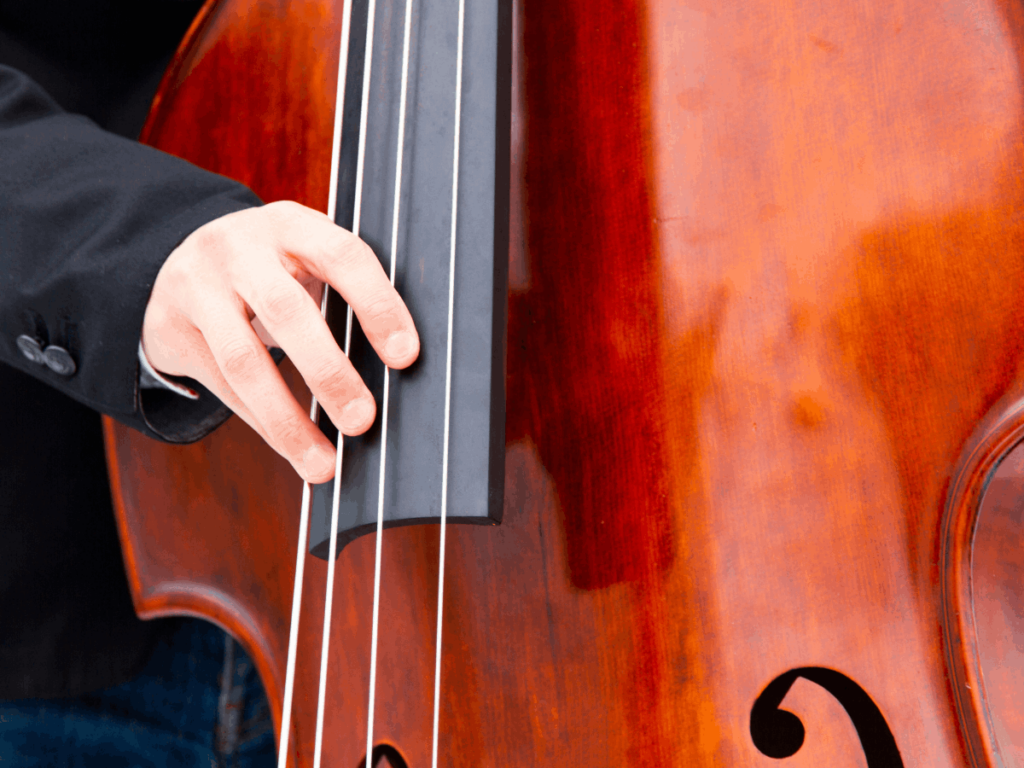
However, this very characteristic allows for the unique advantage of extended note sustain achievable through bowing techniques.
In contrast, the bass guitar is played horizontally, typically suspended from the player’s shoulder by a strap. Its sound is produced electronically; pickups strategically positioned beneath the strings convert string vibrations into electrical signals.
These signals are then transmitted through a cable to an amplifier for sound production.
The presence of frets on the neck of the bass guitar simplifies precise pitch attainment, contributing to its versatility across a multitude of genres including rock, funk, and pop.
Bass guitarists employ a variety of techniques to produce sound, including plucking the strings with their fingers, slapping the strings against the fretboard for a percussive effect, or even utilizing a pick for a brighter attack.
Sound Characteristics and Timbre
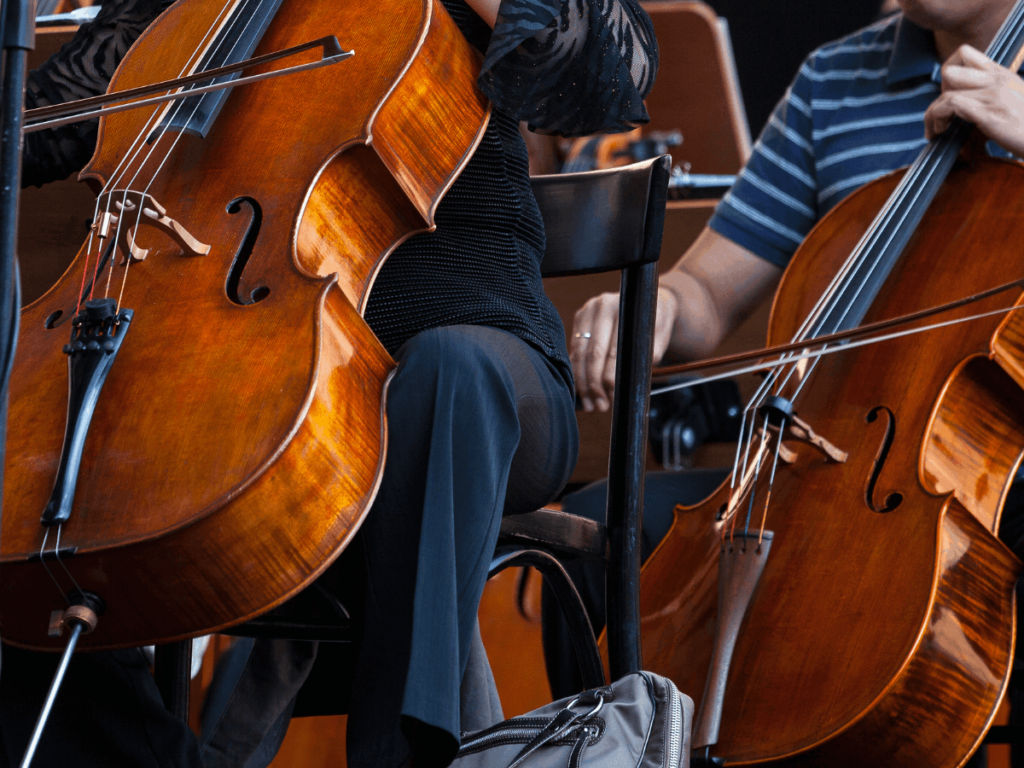
The double bass, a physically imposing instrument with extended string length, generates a deep and richly layered sound, brimming with complex overtones.
Its versatility extends to playing techniques, as it can be bowed for a smooth and lyrical quality or plucked (pizzicato) for a more percussive attack.
The absence of frets on the fingerboard facilitates expressive slides (glissandos) and legato passages.
The bass guitar, characterized by its compact form and shorter string length, produces a brighter and more focused tone.
Pickups and playing style further influence the timbre of the electric bass, enabling a broader sonic spectrum, ranging from bright and percussive to warm and enveloping.
Role in Different Music Genres
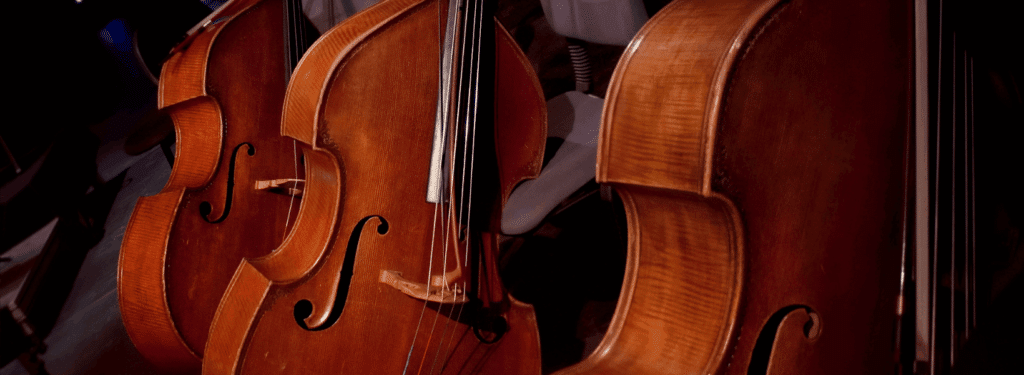
Double Bass (also called Upright Bass): This is a large, acoustic string instrument played upright (hence the name) and is typically bowed, though it can also be plucked (pizzicato).
It has a deep, warm tone and is the foundation of the low-end range in many genres.
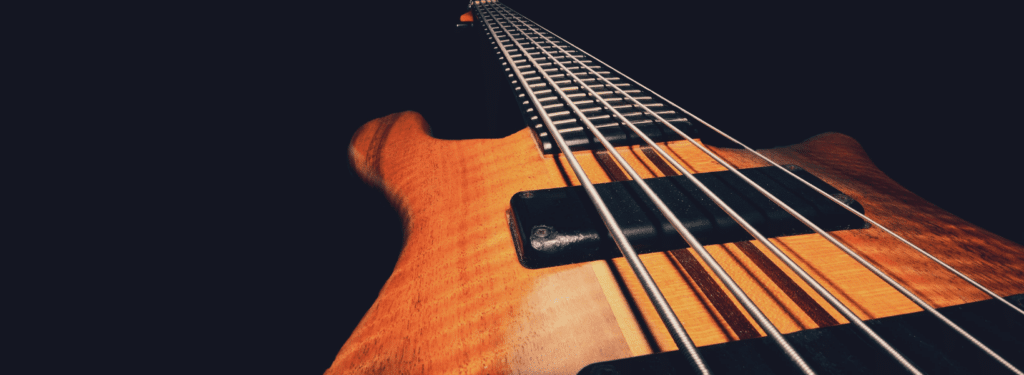
Electric Bass (also called Bass Guitar): This is a fretted instrument similar in appearance to a guitar, but with a longer neck and thicker strings. It’s played horizontally and relies on pickups to produce sound that is amplified through a speaker.
It has a wider range of tonal possibilities compared to the double bass.
Here’s how their roles differ in some popular music genres:
Classical Music
Jazz
Rock, Pop, and Blues
Country Music
Notable Players and Performances
Influential Bass Guitarists
Bass guitarists, though often considered the backbone of a band, can be just as creative and influential as any other musician. Here are some of the most notable and influential bass guitarists throughout history:
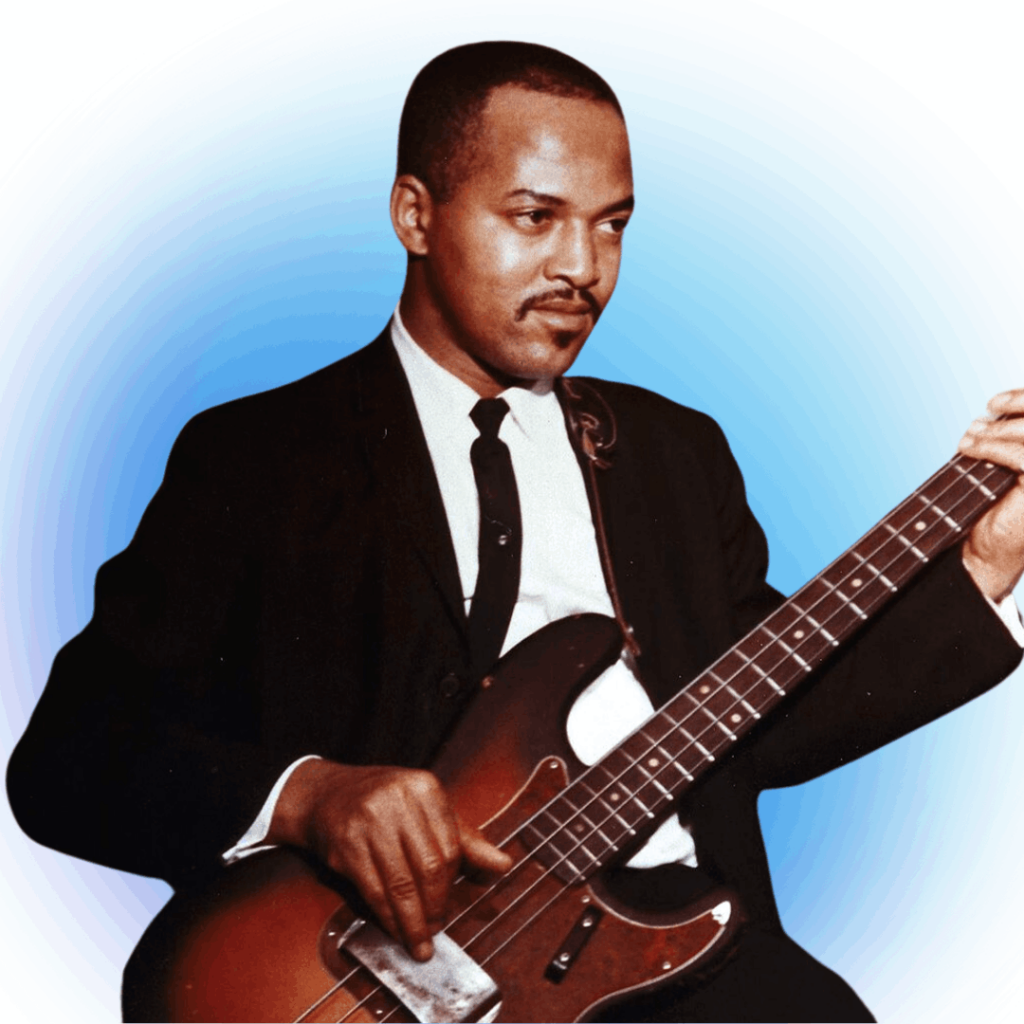
James Jamerson (Motown): Jamerson is considered one of the most important bassists of all time. His work on Motown hits like “Ain’t No Mountain High Enough” and “What’s Going On” helped to define the sound of soul music.

John Entwistle (The Who): Entwistle was known for his melodic and inventive bass lines, which helped to make The Who one of the most exciting rock bands of the 1960s and 1970s. Listen to his iconic bassline in “Won’t Get Fooled Again”.
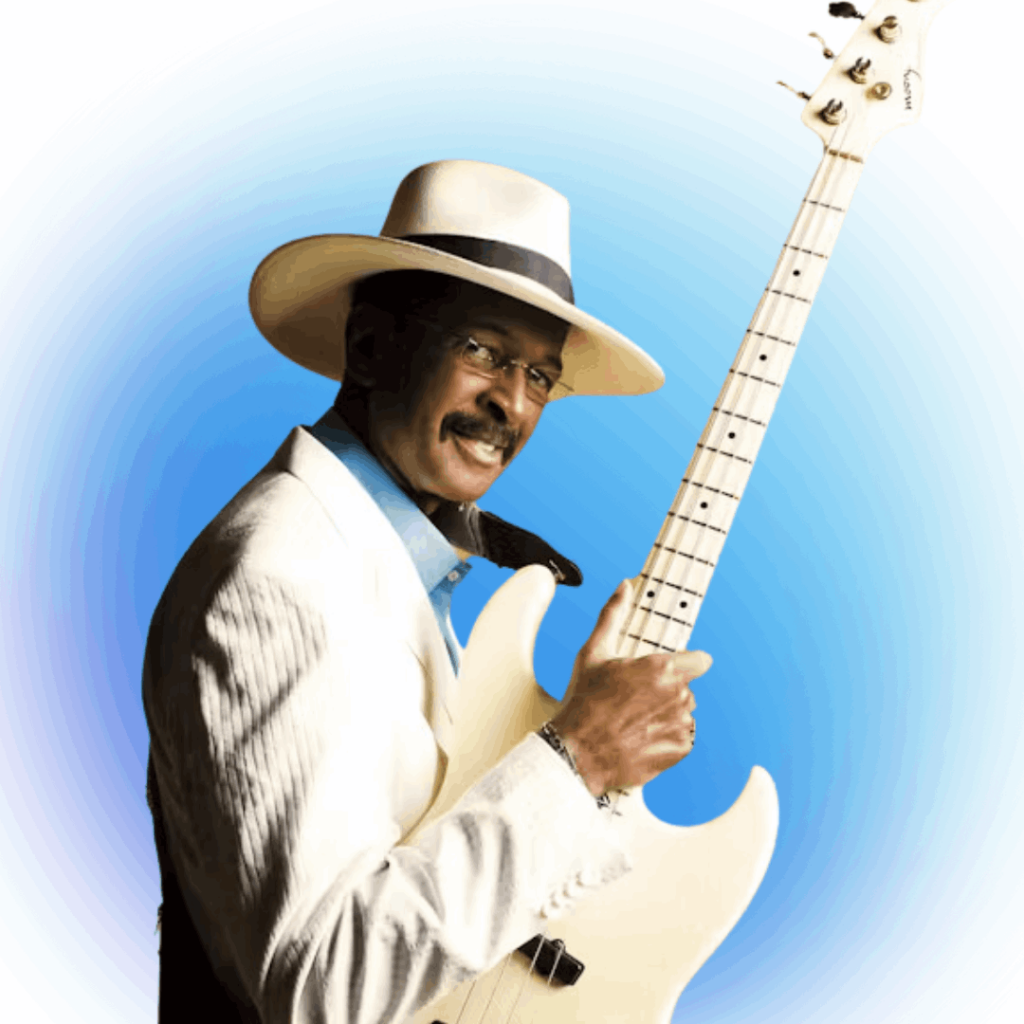
Larry Graham (Sly and the Family Stone): Graham is a pioneer of slap bass, a technique that involves hitting the strings with the thumb to create a percussive sound. His work with Sly and the Family Stone helped to lay the foundation for funk music.

Jaco Pastorius: A true innovator, Pastorius’s influence on the bass guitar is undeniable. His work with Joni Mitchell and Weather Report helped to redefine the instrument’s role in jazz and fusion music.
This is just a small sampling of the many great bass guitarists who have helped to shape popular music. Each of these players has brought something unique to the instrument, and their influence continues to be felt today.
Epiphone Jack Casady Bass, Metallic Gold

PERFECT FOR: Beginner
FEATURES: Scale Length: 34
OTHER INFO: Strings Gauges: 10-46
Epiphone Jack Casady Bass, Metallic Gold
- Finishing touches include body binding and Jack's signature
- Rich and balanced tone from pickups
- Smooth and sustainable fingerboard
- High-quality chrome hardware
- Not suitable for more extreme styles of music.
- May require bit of extra time to adjust to the strings.
- Noisy when played with higher levels of distortion or fuzz.
- Neck pickup could be improved in terms of clarity.
When you click ‘Check Price’, you’ll see there are loads of great places to buy this item. Our personal favorite is Sweetwater for the US, and Thomann and Gear4Music for the UK & Europe.
They are the largest music retailers, with excellent customer service, competitive prices, really fast shipping, and the longest guarantees.
The professional musician who wrote this article combined many things,
from the product build, manufacturer’s reputation through to feedback
from other users, to create our famous TedScore™.
Legendary Double Bassists
Here are some legendary double bassists:
Classical:

Giovanni Bottesini (1822-1889): Nicknamed “The Paganini of the Double Bass,” Bottesini was a virtuoso performer and composer who pushed the technical boundaries of the instrument.
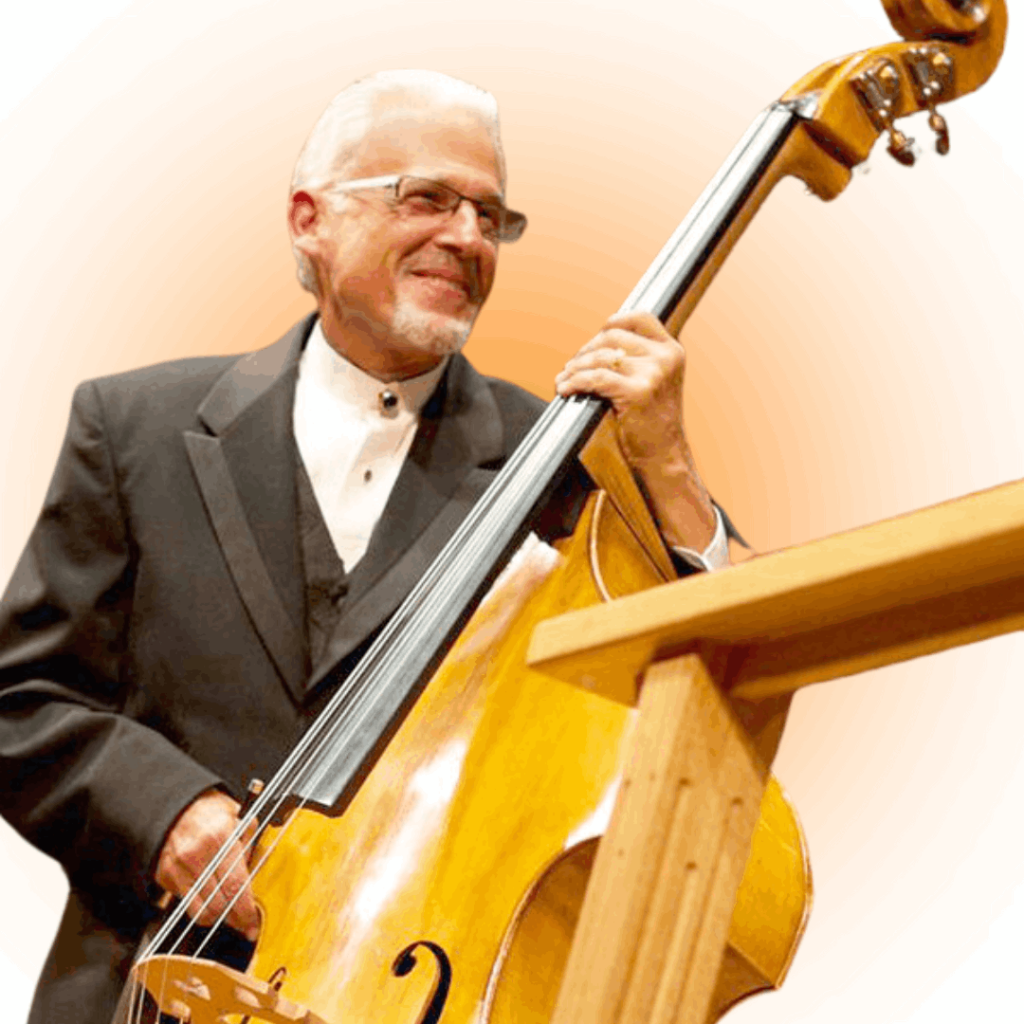
Gary Karr (born 1944): A leading figure in the contemporary classical bass world, Karr is known for his incredible technique and musicianship.

Edgar Meyer (born 1953): A versatile musician who is equally adept at classical, bluegrass, and jazz, Meyer is a true innovator on the double bass.
Jazz:

Charles Mingus (1922-1979): A legendary jazz bassist, composer, and bandleader, Mingus was known for his innovative and complex bass lines
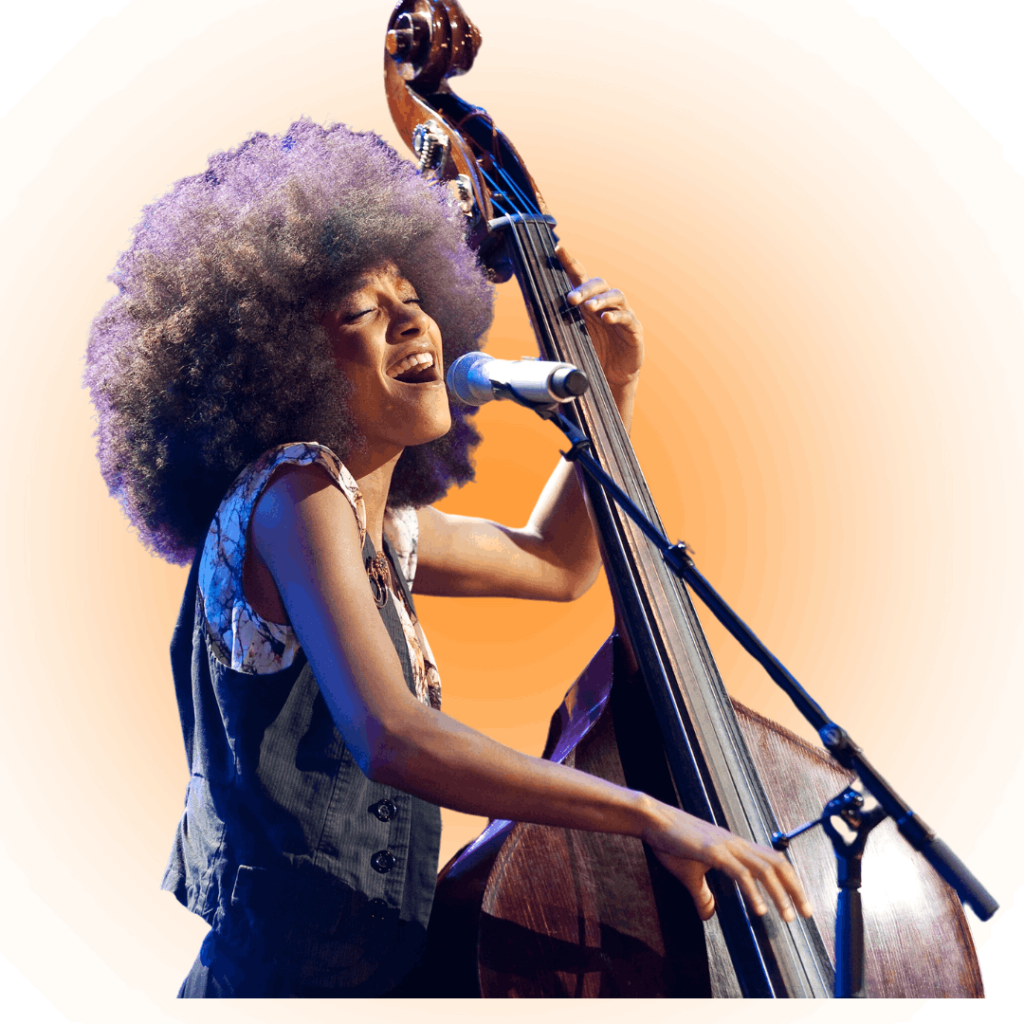
Esperanza Spalding (born 1984): A Grammy Award-winning bassist, vocalist, and composer, Spalding is a rising star in the jazz world.

Ron Carter (born 1937): One of the most in-demand bassists in jazz history, Carter has played with a who’s who of jazz legends, including Miles Davis, John Coltrane, and Herbie Hancock.
Stentor Conservatoire

COMES WITH: Bow & cover
FEATURES: Includes Solid Spruce Top, Solid Flamed Maple Back & Sides
Stentor Conservatoire
- Excellent price for a fully-carved double bass
- Great sound
- Reliable and consistent brand
- Comes with bow and cover
- Handcrafted for a unique finish
- Would benefit from a professional set-up and new strings to maximise its sound quality
- Less attractive to look at than other fully-carved basses
When you click ‘Check Price’, you’ll see there are loads of great places to buy this item. Our personal favorite is Sweetwater for the US, and Thomann and Gear4Music for the UK & Europe.
They are the largest music retailers, with excellent customer service, competitive prices, really fast shipping, and the longest guarantees.
The professional musician who wrote this article combined many things,
from the product build, manufacturer’s reputation through to feedback
from other users, to create our famous TedScore™.
Bass Vs Double Bass
Summary
The double bass and bass guitar, though visually distinct, share some key similarities.
Both instruments occupy the low-end frequency range in music and are typically tuned to the same pitches (E-A-D-G). However, their playing techniques diverge significantly.
Do you play either of these instruments?
If so, I’d be curious to hear about your experience and which aspects you find most rewarding!
FAQ's
A bass player might be able to transfer some skills to the double bass, but it’s a different instrument altogether. The double bass is much larger than a bass guitar, and requires different playing techniques due to its size, tuning, and how it’s held.
The strings are thicker and require more finger strength to press down, and the bowing technique is quite different.
However, a strong foundation in music theory and experience on fretted instruments like the bass guitar can definitely be helpful when learning the double bass.
The rise of the electric bass guitar in the mid-20th century made a big impact on popular music. Bass guitars are more compact, portable, and easier to amplify than the acoustic double bass.
This made them ideal for the growing rock and roll scene where musicians needed to be loud and move around on stage. The frets on a bass guitar make it easier to play certain chords and techniques compared to the fretless fingerboard of the double bass.
However, the double bass is still a vital instrument in many genres of music, especially orchestral music, jazz, and some forms of blues.
Its deep, rich sound provides the low-end foundation that other instruments build upon.
The double bass presents several challenges for beginners. Its large size can make it cumbersome to play, especially for younger or smaller players.
The thicker strings require more finger strength to press down compared to other string instruments like the violin or cello.
The bowing technique takes time and practice to develop good coordination. Unlike a fretted instrument, the notes on the double bass are determined by where you place your fingers on the strings, which takes practice to develop muscle memory and accurate intonation.
The double bass is a versatile instrument that can be used in a wide variety of musical styles. Here are some of its strengths:
-
Deep, rich sound: The double bass provides the low-end foundation in many ensembles, similar to how a bass drum functions in a band.
-
Versatility: It can be played with a bow (arco) for a smooth, legato sound, or by plucking the strings (pizzicato) for a more percussive attack. There are also extended techniques that can be used to create unique sounds and effects.
-
Role in ensembles: The double bass is a cornerstone of the string section in a symphony orchestra, and it also plays a central role in jazz ensembles, klezmer music, tango, and many other styles.



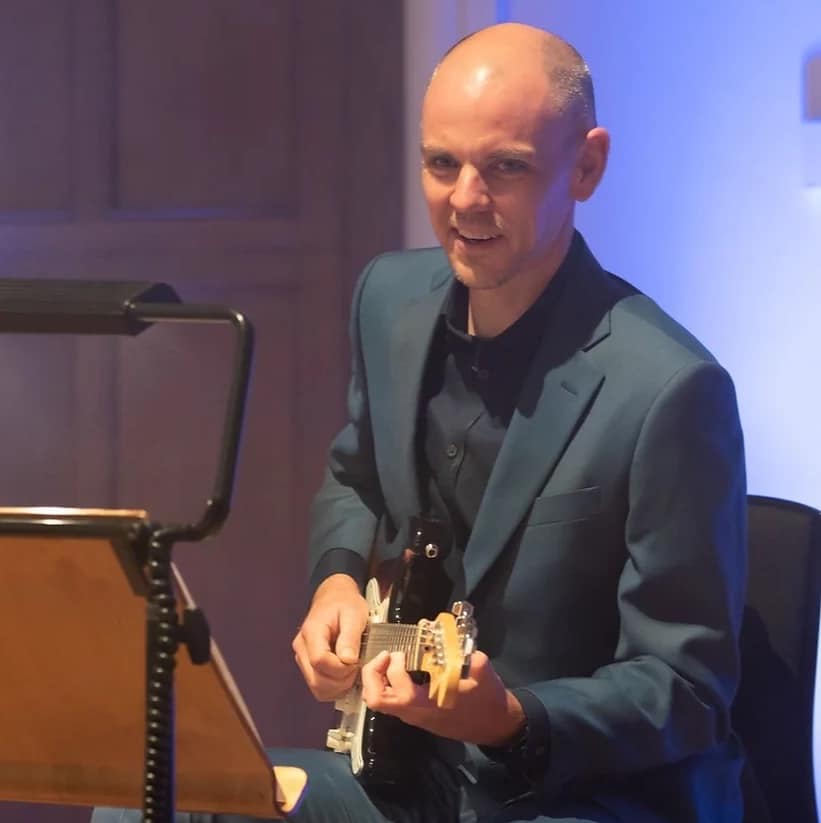






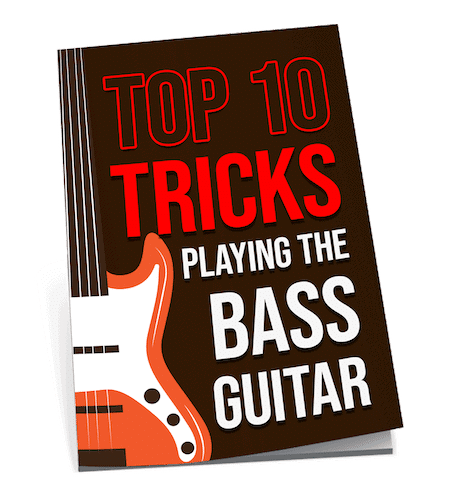
Hey Lewis, big thumbs up for highlighting those influential bass guitarists and legendary double bassists. It’s a treat to see the greats getting recognized. Maybe add a few modern players making waves? Keep up the great work!
In the compare and contrast section regarding Bass Vs Double Bass, it was interesting to note the emphasis on design and construction differences. However, I believe there was a slight oversight in not fully elaborating on the scale length’s impact on sound production and player ergonomics. Greater detail in this aspect could enrich the understanding for readers unfamiliar with string instruments. Nonetheless, an informative read.
The section on playing techniques is super cool, didn’t know the double bass had so many styles. Makes me wanna try some on my bass guitar lol
Loved the deep dive into the origin and history of double bass, especially the nod to legendary players! Got a question though – when comparing it to the bass guitar, were there any mentions about the influence of electric amplification on the development of bass guitars? I’m curious since that seems like a pivotal turning point that boosted its popularity. Great article, Lewis Turner!
Interesting question, MaggieS! That electric amplification bit did indeed revolutionize how we perceive bass in modern music. Would love to see Lewis’s take on this.